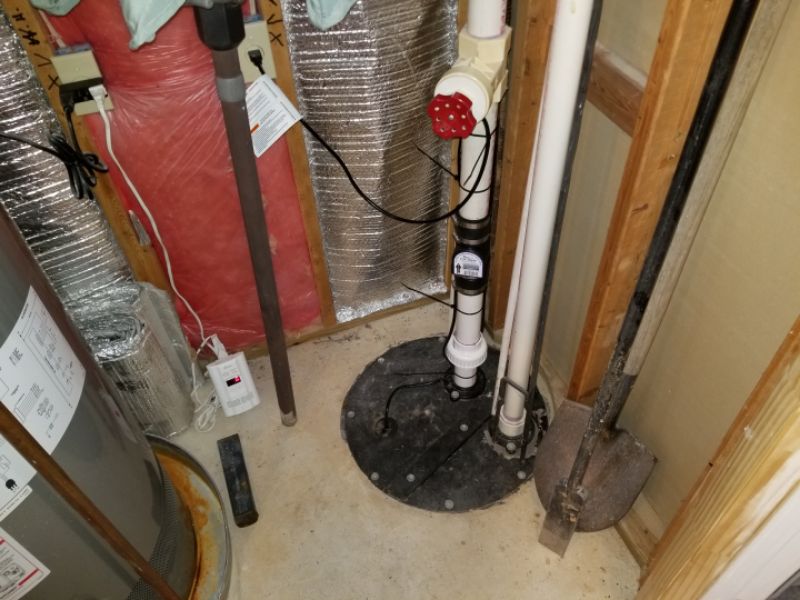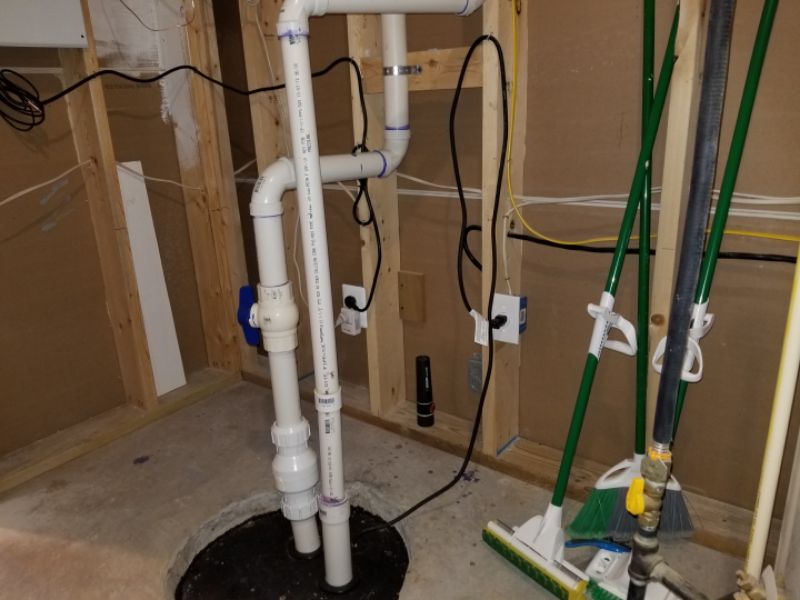Plumbing fixtures, e.g. sinks, toilets, showers, will drain by gravity when they’re above the sewer or septic tank. When they are not, the fixtures’ discharge must be plumbed to a sealed sump containing an ejector pump. The pump lifts the effluent above the building’s main waste lateral to allow it to discharge out of the building. “Sump pumps”, as used on water control systems in basements and crawl spaces, only handle clear water. They are NOT ejector pumps. They cannot be used for this purpose, not even for solids-free “gray water” from washers, etc. Ejector pumps can also be “grinder” pumps, which process the waste into a slurry. These are not normally required unless the home has a pressurized sewer system. Grinder pumps are not recommended for most septic systems. Ejector pumps are sealed systems and should be noted as such. You should be able to hear the pump turn on after flushing a connected toilet or running water from a connected sink or tub/shower.
Sewage Ejector Pumps
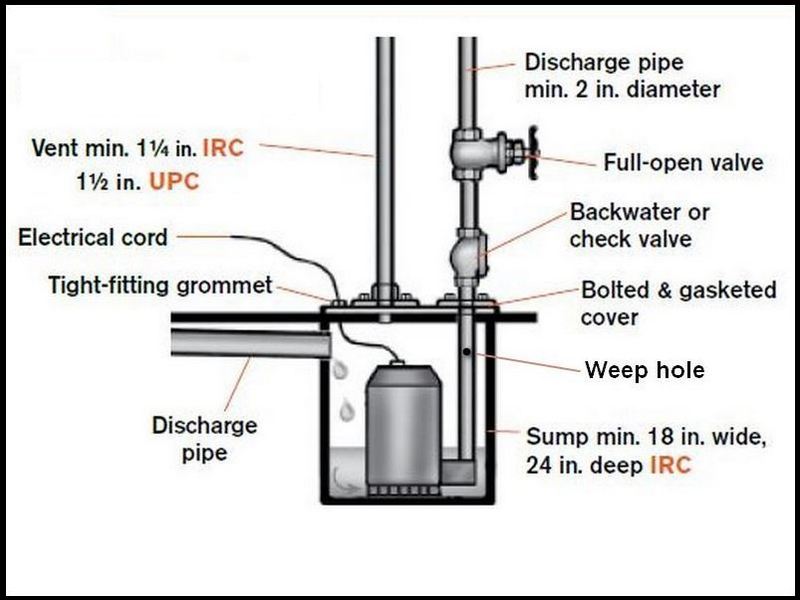
Installing fixtures below the sewer
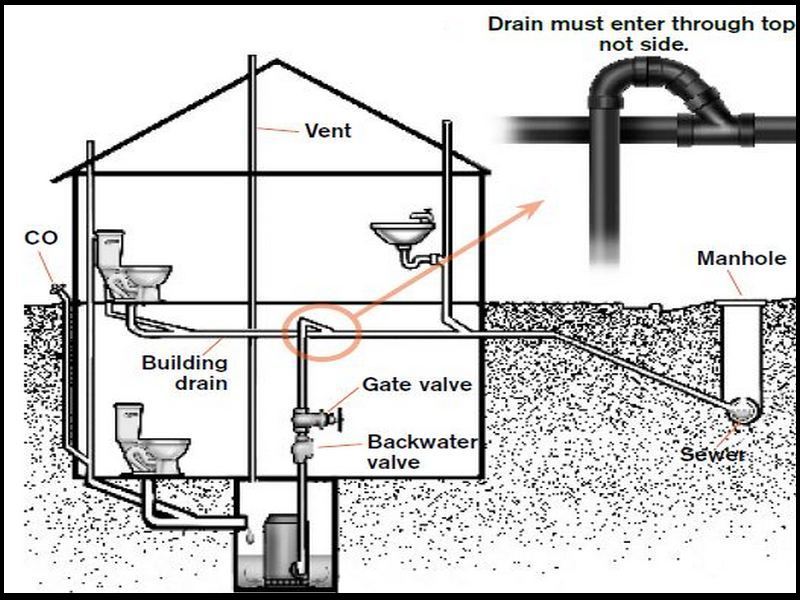
The waste water ejector pump is installed without a vent pipe that exits the house above the roof. This is a health hazard. Hire a plumber to make the needed repairs.
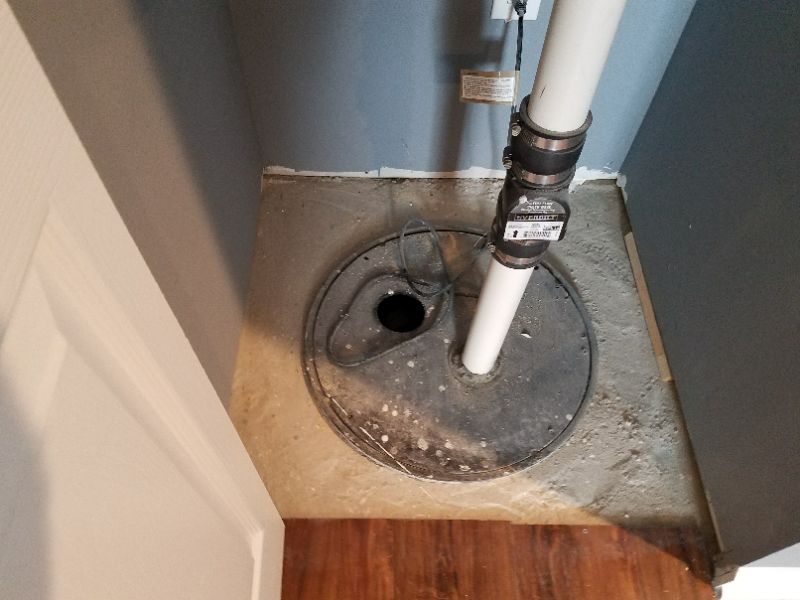
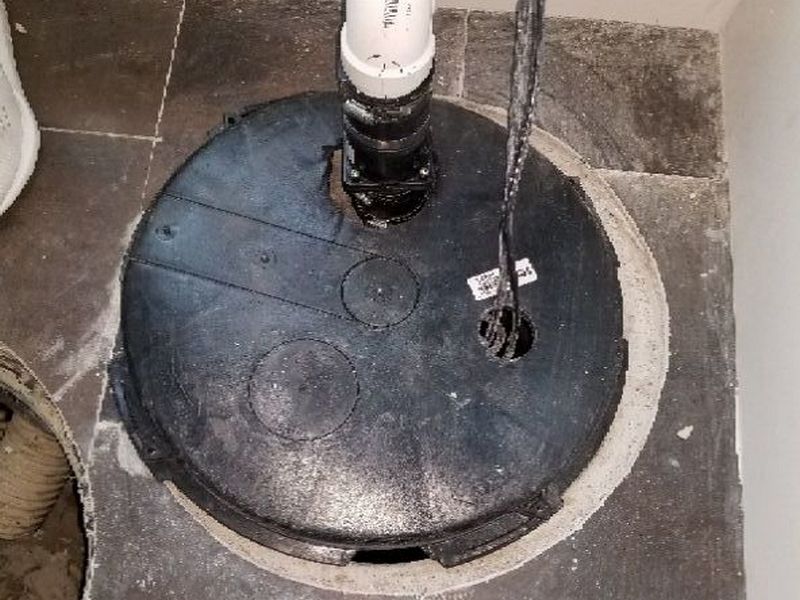
The waste water ejector pump does not have a check valve. This is a health hazard that can allow waste to backflow into the sump. It can also cause the pump to fail prematurely. Hire a plumber to install a check valve.
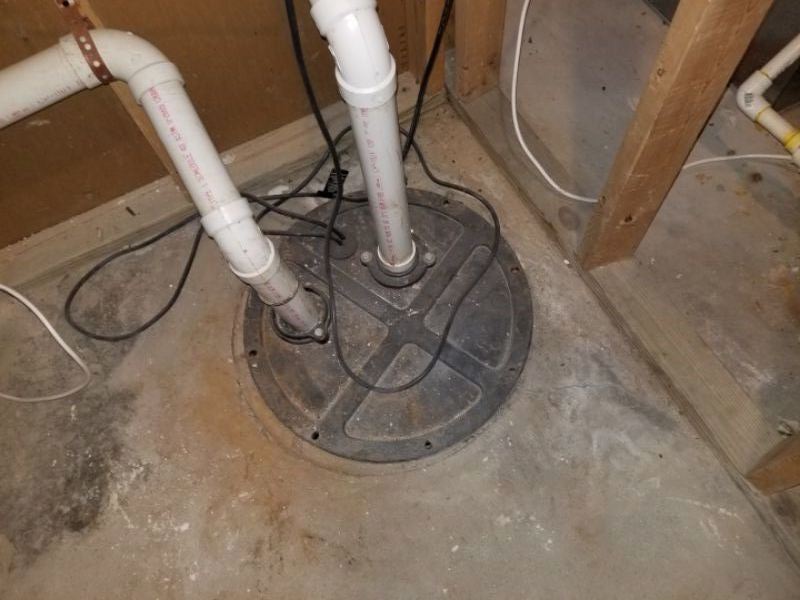
The waste water ejector pump does not have an isolation valve installed to allow for proper system maintenance. Hire a plumber to install isolation valves as needed.
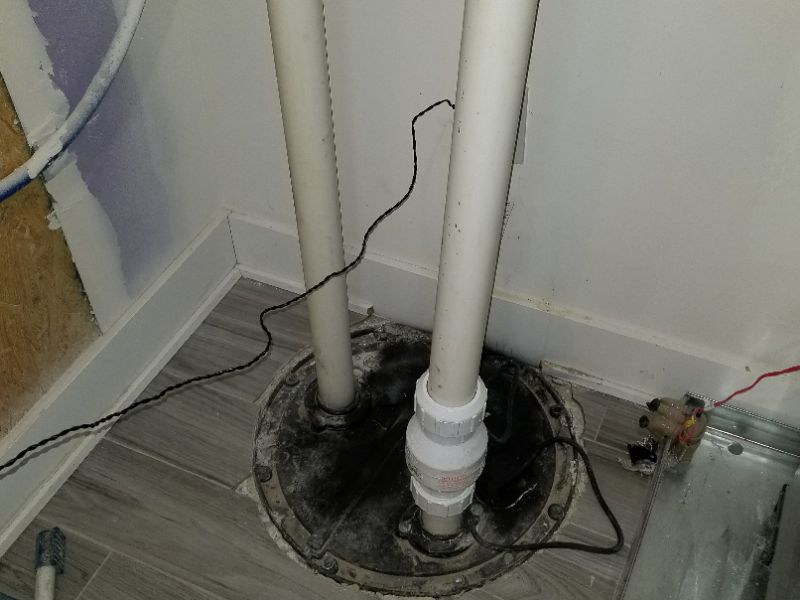
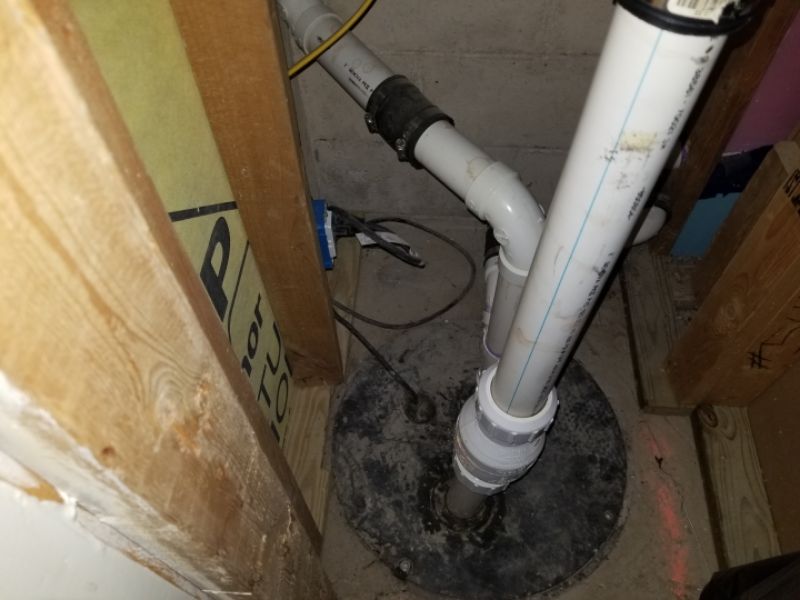
The waste water ejector pump lacks a weep hole below the check valve in the discharge line. This can cause the pump to lock up after cycling. Hire a plumber to add a weep hole below the check valve.
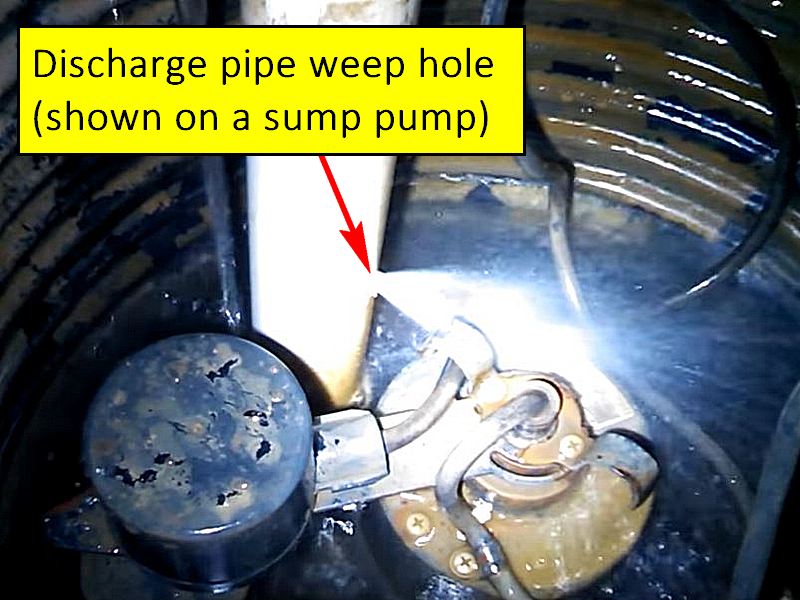
The waste ejector pump does not have an alarm installed. This can allow a sewage overflow if the pump or float malfunctions, causing a health and safety hazard. Hire a plumber to install a system alarm.
